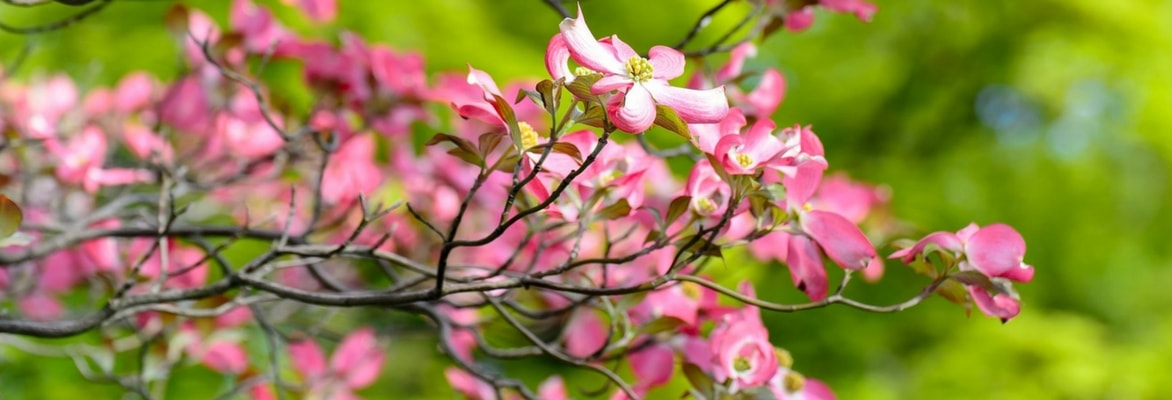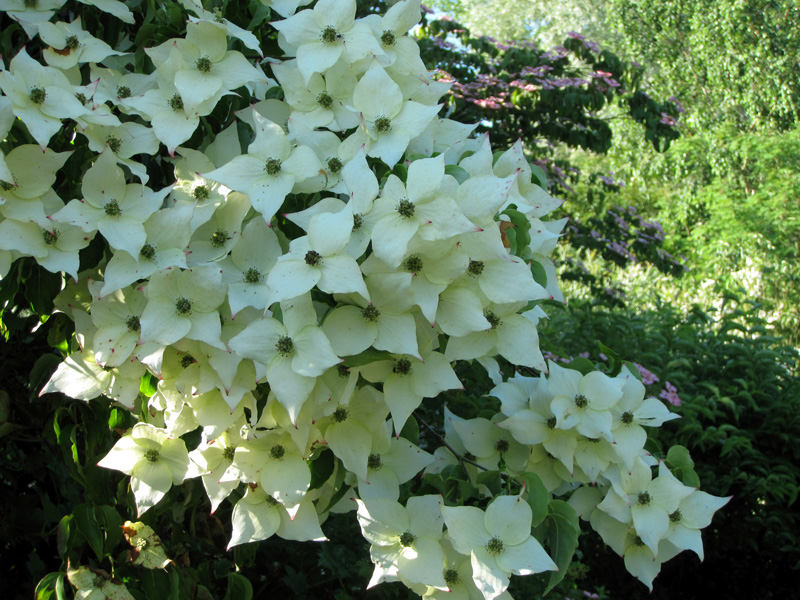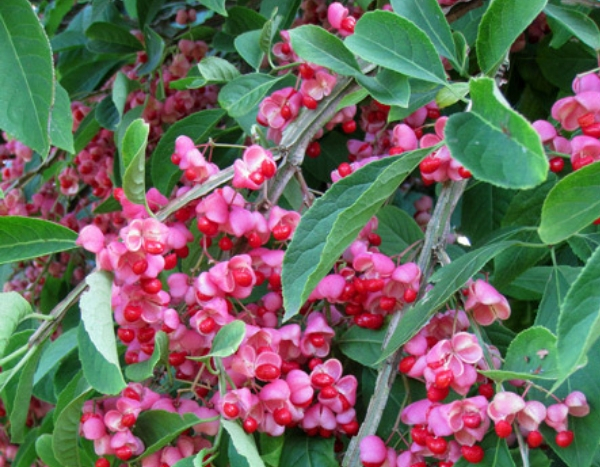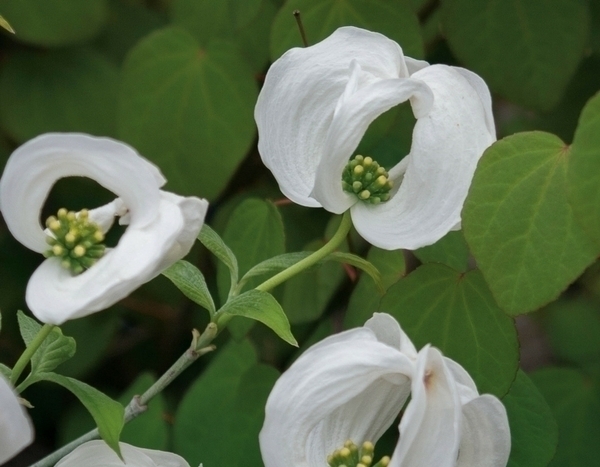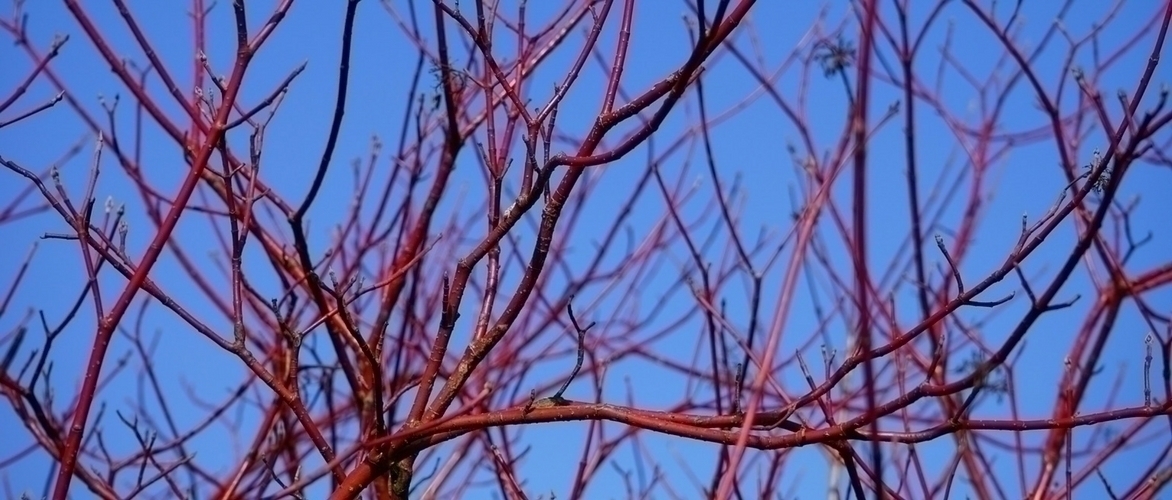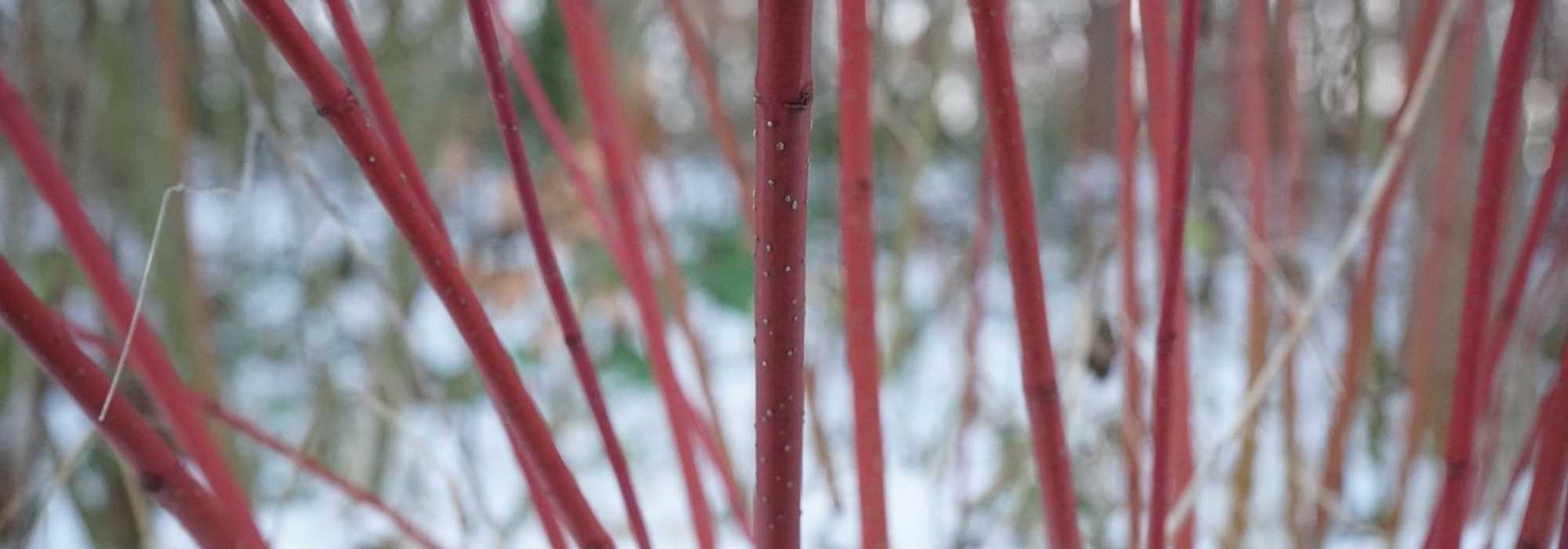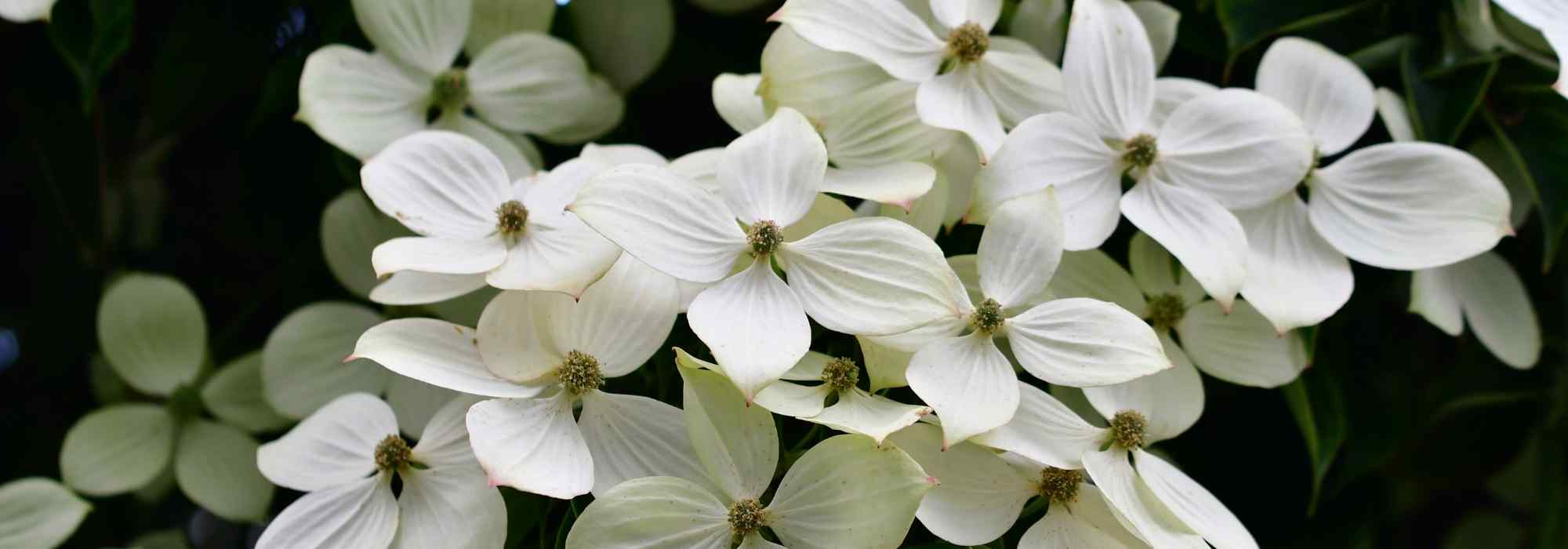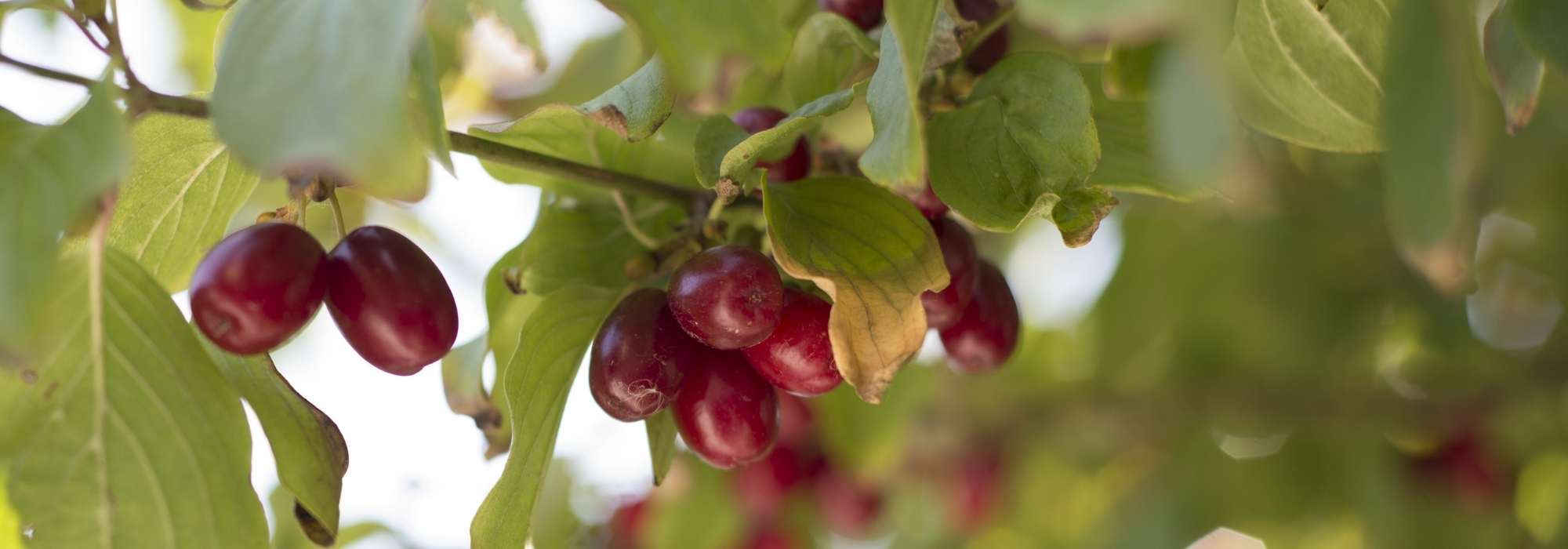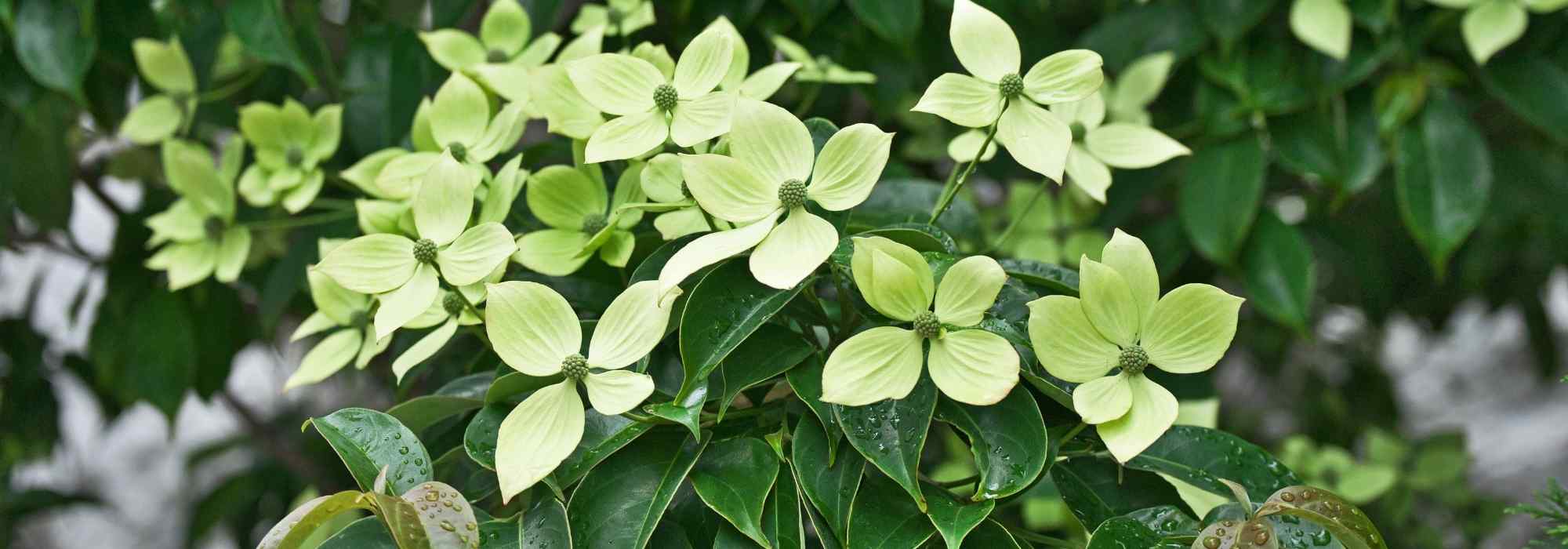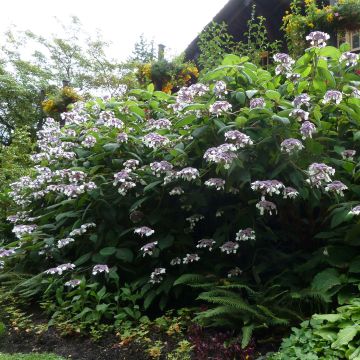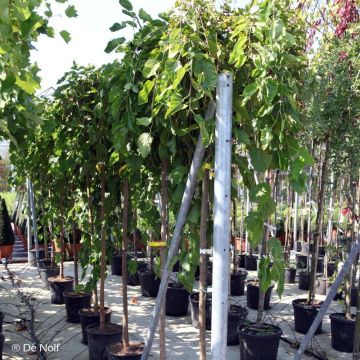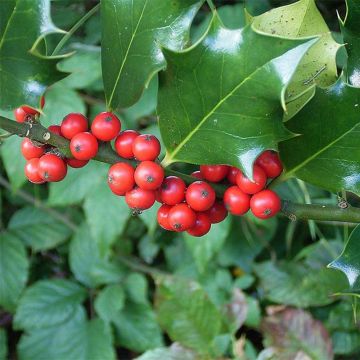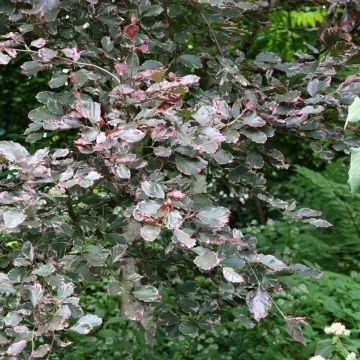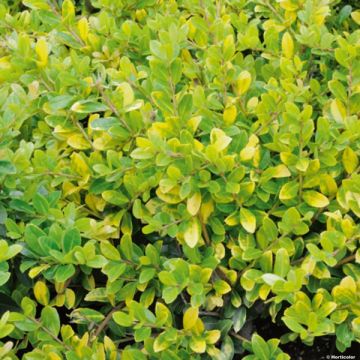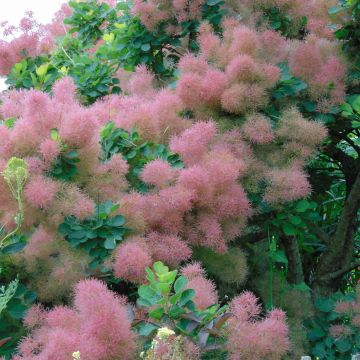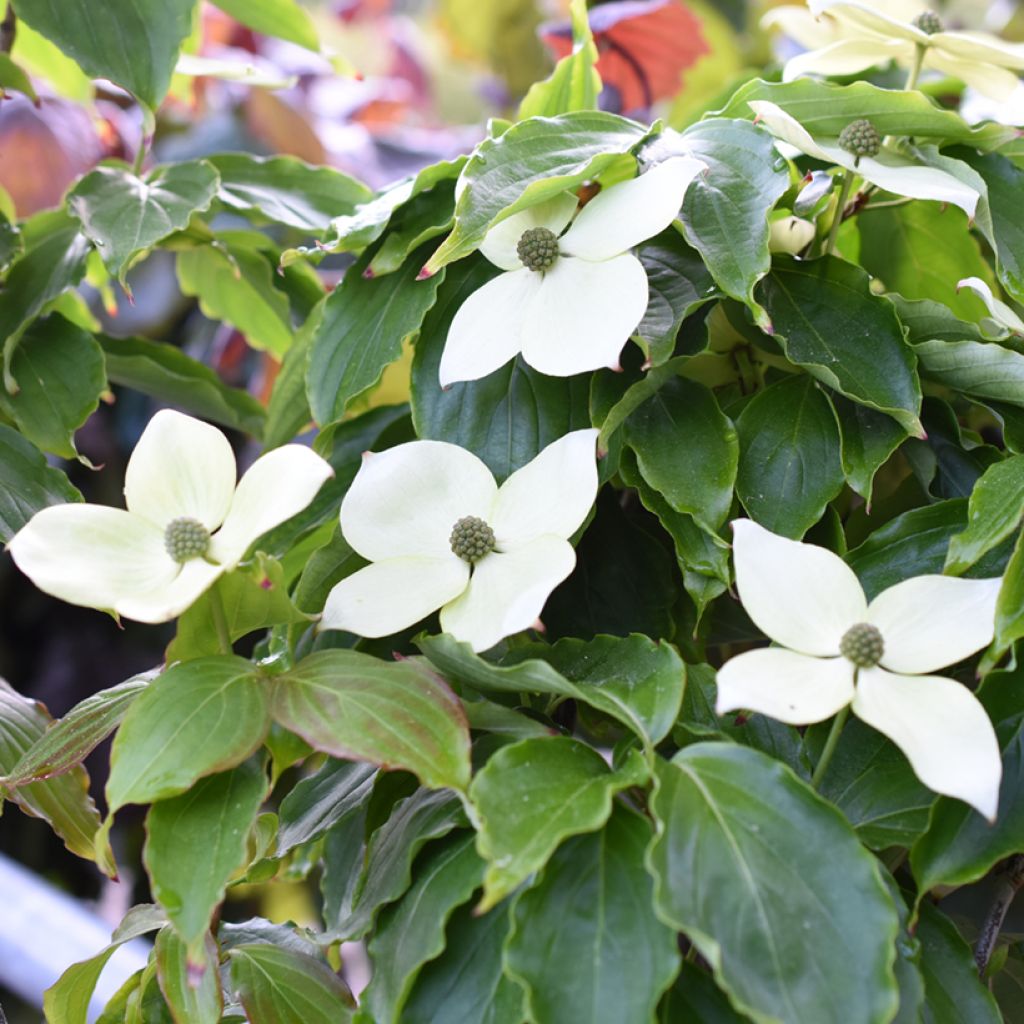

Cornus kousa Teutonia - Flowering Dogwood


Cornus kousa Teutonia - Flowering Dogwood
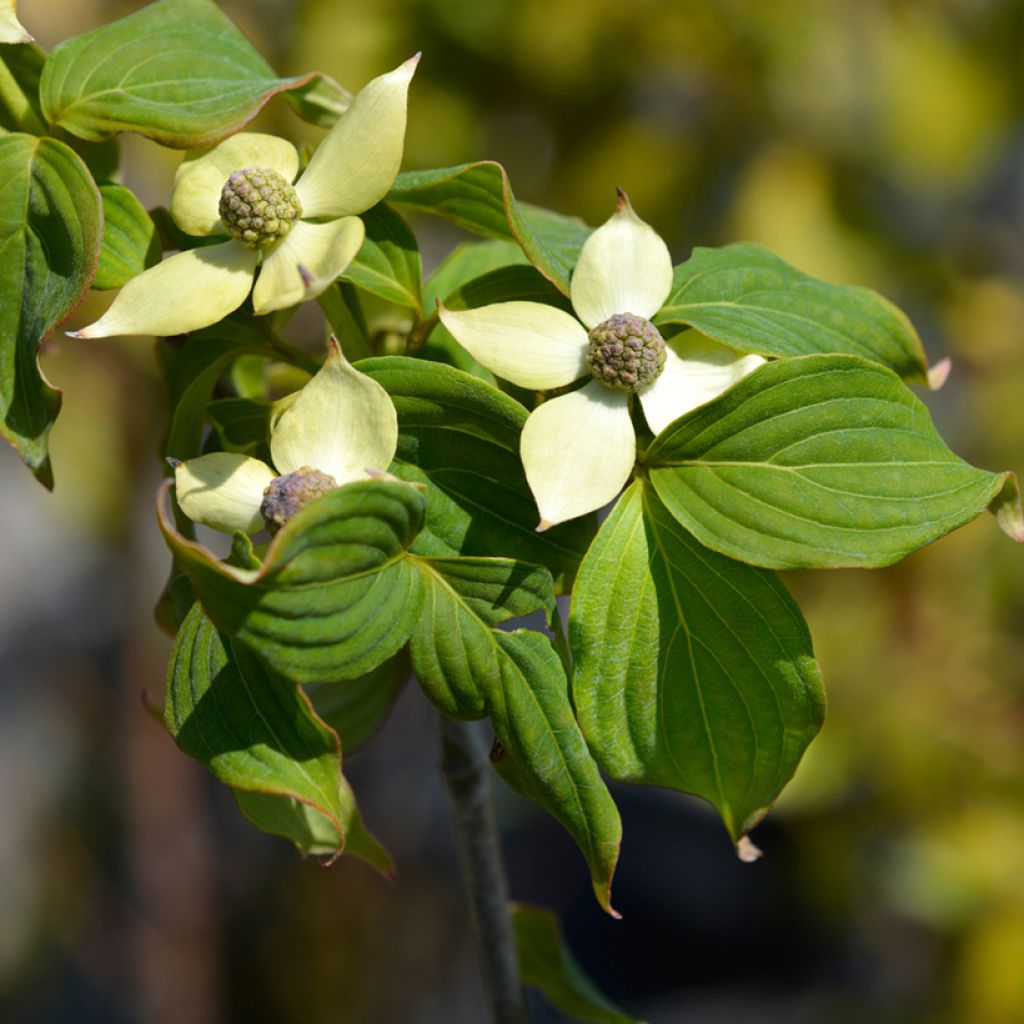

Cornus kousa Teutonia - Flowering Dogwood
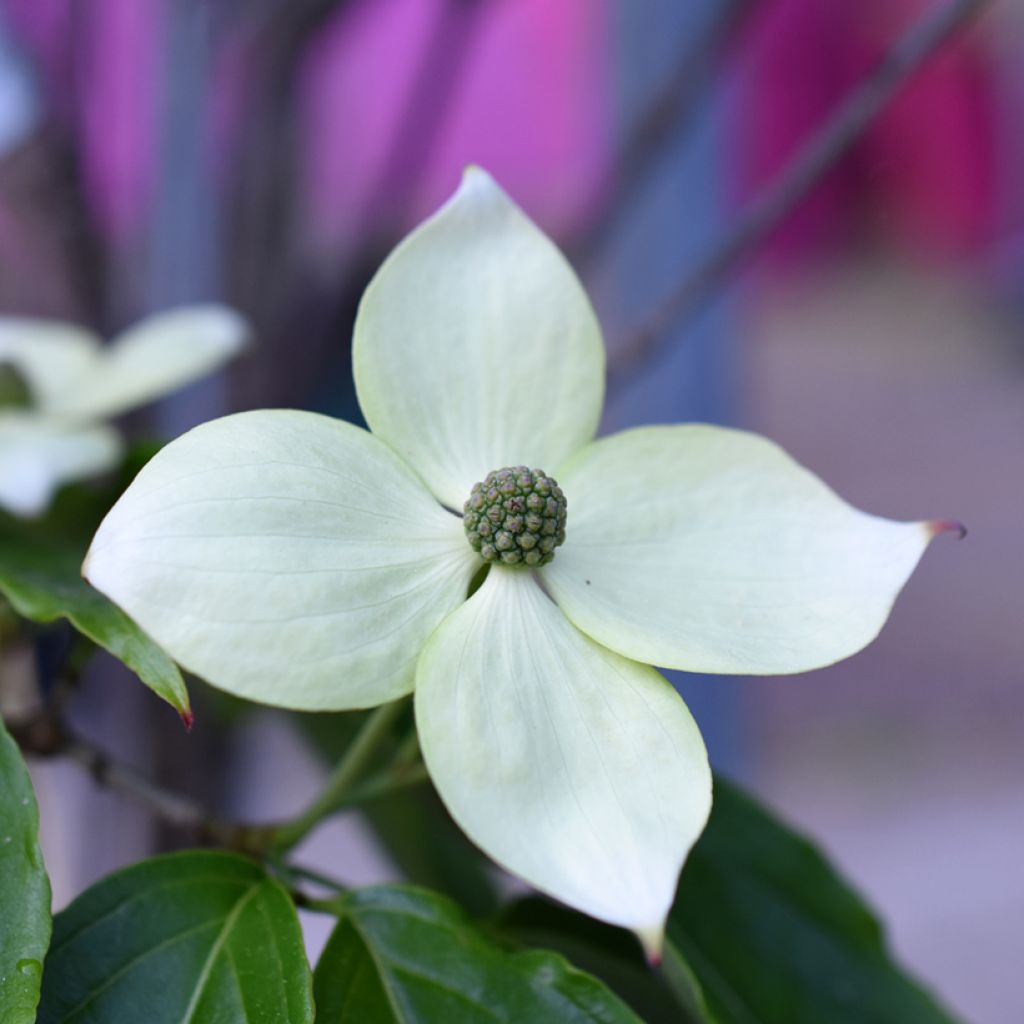

Cornus kousa Teutonia - Flowering Dogwood
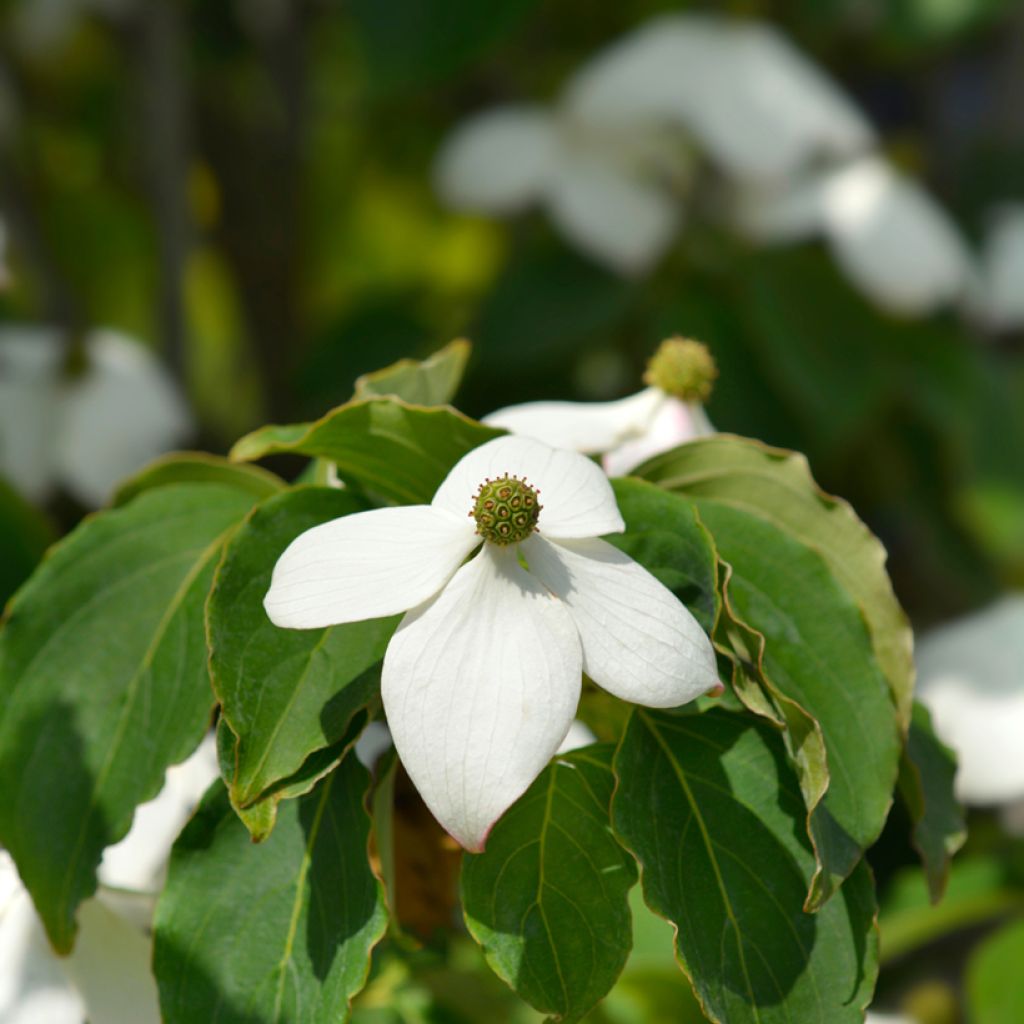

Cornus kousa Teutonia - Flowering Dogwood
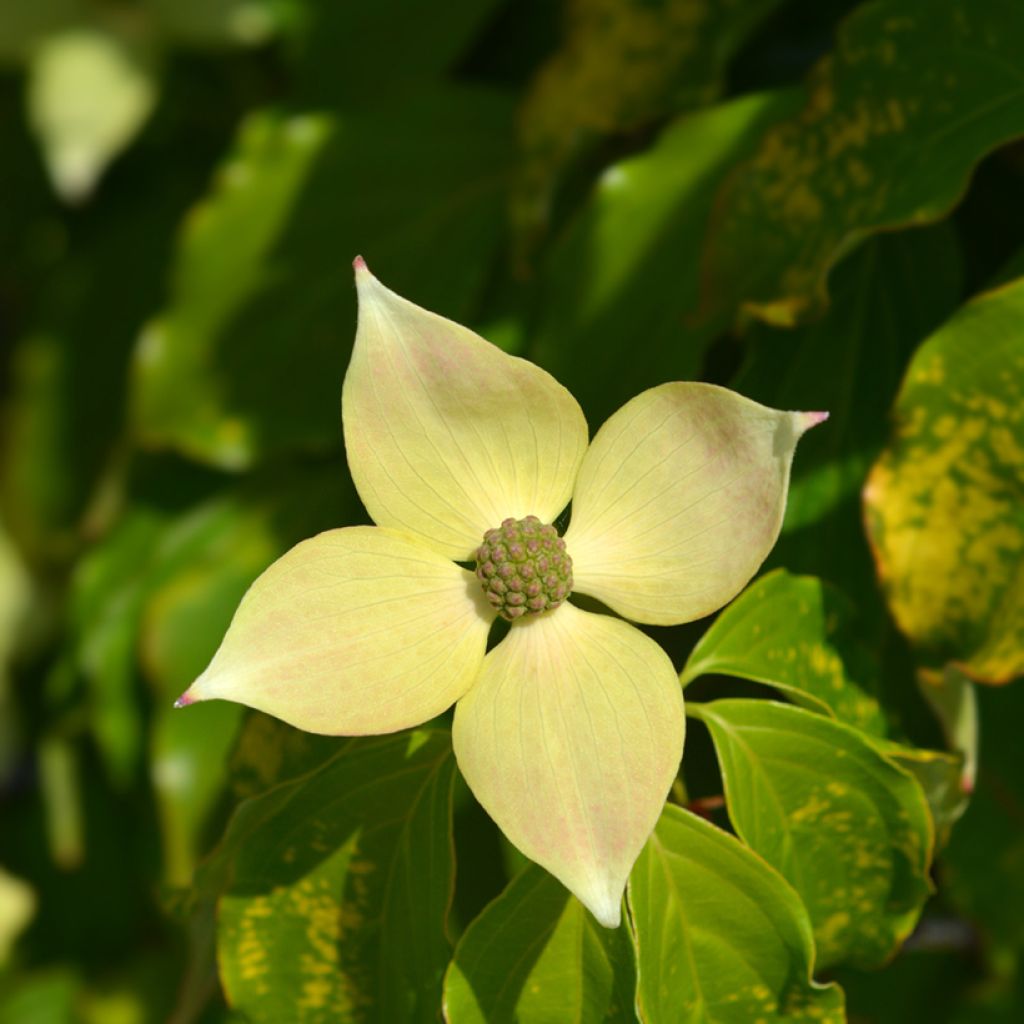

Cornus kousa Teutonia - Flowering Dogwood
Cornus kousa Teutonia - Flowering Dogwood
Cornus kousa Teutonia
Kousa Dogwood, Japanese Dogwood, Chinese Dogwood
My bush hasn't grown any leaves yet this 20th of April, it seems dead. What a shame.
Erika, 20/04/2020
Special offer!
Receive a €20 voucher for any order over €90 (excluding delivery costs, credit notes, and plastic-free options)!
1- Add your favorite plants to your cart.
2- Once you have reached €90, confirm your order (you can even choose the delivery date!).
3- As soon as your order is shipped, you will receive an email containing your voucher code, valid for 3 months (90 days).
Your voucher is unique and can only be used once, for any order with a minimum value of €20, excluding delivery costs.
Can be combined with other current offers, non-divisible and non-refundable.
Home or relay delivery (depending on size and destination)
Schedule delivery date,
and select date in basket
This plant carries a 24 months recovery warranty
More information
We guarantee the quality of our plants for a full growing cycle, and will replace at our expense any plant that fails to recover under normal climatic and planting conditions.
Would this plant suit my garden?
Set up your Plantfit profile →
Description
The Cornus kousa 'Teutonia' is a variety of Dogwood that is very interesting for its compact habit, large creamy-white star-shaped bracts in June-July, and generous and decorative fruiting in September. The autumn colouring of this small bush, which reaches a height of 3m (9 to 10 ft), contributes to its attractiveness until its leaves fall. Beneath its graceful and elegant appearance lies an easy-to-grow, hardy and undemanding bush. Its modest size and slow growth make it an ideal plant for small spaces, terraces, and balconies.
The Kousa Dogwood is a small tree native to Japan, China, and Korea. Its structural silhouette is created by its layered and horizontal branches and its compact and spreading habit that evokes an oriental landscape. In our gardens, this small tree measures between 4 and 5 metres and is very charming. At the beginning of summer, its deep green foliage is adorned with a profusion of white flowers that look like freshly fallen snow. The green flowers that form dense clusters eventually give way to solitary, star-shaped flower heads made up of four pointed bracts. These flowers last for weeks on end, changing from green to pink before they eventually fade away. They are a delightful addition to any garden. In September, the Flowering Dogwood is covered with small red fruits that look like strawberries. The higher the summer temperatures, the more abundant the fruiting. Although the fruits are edible, fleshy, and sweet, they do not have real culinary interest. However, they are still an ornamental asset that adds a touch of whimsy to the tree. The leaves of the Cornus kousa are deciduous, oval, slightly undulated on the edges, and have a bright green colour. They measure between 5 and 8 cm (3.1 in) and are opposite along the stem. In autumn, they offer a striking spectacle as they turn burning red before falling. The mighty decorative power of flowering dogwoods has encouraged horticulturalists to obtain new varieties with different characteristics.
The Teutonia Japanese Dogwood is a compact and rounded variety that grows to a height and width of 3 metres (9 to 10 ft). It is perfect for decorating small gardens, balconies, and terraces. During June and July, the tree is adorned with numerous flowers composed of creamy-white bracts measuring 6 to 8 cm long. These flowers are delicately placed on the foliage and appear to have fallen from the sky. The tree produces an abundant and generous fruiting due to its flowering. The Teutonia cultivar is known for its decorative fruits.
The Kousa Dogwood prefers continental climates and temperate zones. Very cold temperatures during winter can result in absent or reduced flowering. However, this bush is very hardy and can withstand temperatures as low as -15°. It tolerates sunny exposures in areas with moderately hot summers. It should be planted in a sheltered spot from the scorching sun in hot regions. The Kousa Dogwood 'Teutonia' likes fertile, well-drained, slightly acidic soils. It tolerates clay soils as long as it is protected from excess moisture, especially in winter. Plant it in a deep hole lined with clay balls, coarse sand, or gravel to ensure good drainage. When planting, add compost and ericaceous soil. A pine bark mulch will help maintain soil freshness and acidity. This Cornus is still rare in gardens but very easy to grow once it has benefited from proper planting. Pruning is not obligatory but can be done at the end of winter to remove diseased or dead wood and crossed branches to maintain an excellent habit. Watering should be regular in summer during the first two years of planting. Resistant to diseases and low maintenance, it knows how to make itself forgotten while still being noticed!
The Cornus kousa 'Teutonia' is ideal for small spaces like gardens, terraces, and balconies. It has a slow growth rate and doesn't grow too big, which makes it perfect for container gardening as long as it's adequately watered during summer. In a garden bed, it can be paired up with heath plants for a beautiful colour and foliage combination. You can combine it with plants like 'Susan' Magnolia, 'Forest Flame' Pieris, or 'Hino Crimson' Japanese Azalea for a more harmonious look. It will thrive in a slightly shaded lawn if you want to plant it as a standalone tree.
Cornus kousa Teutonia - Flowering Dogwood in pictures
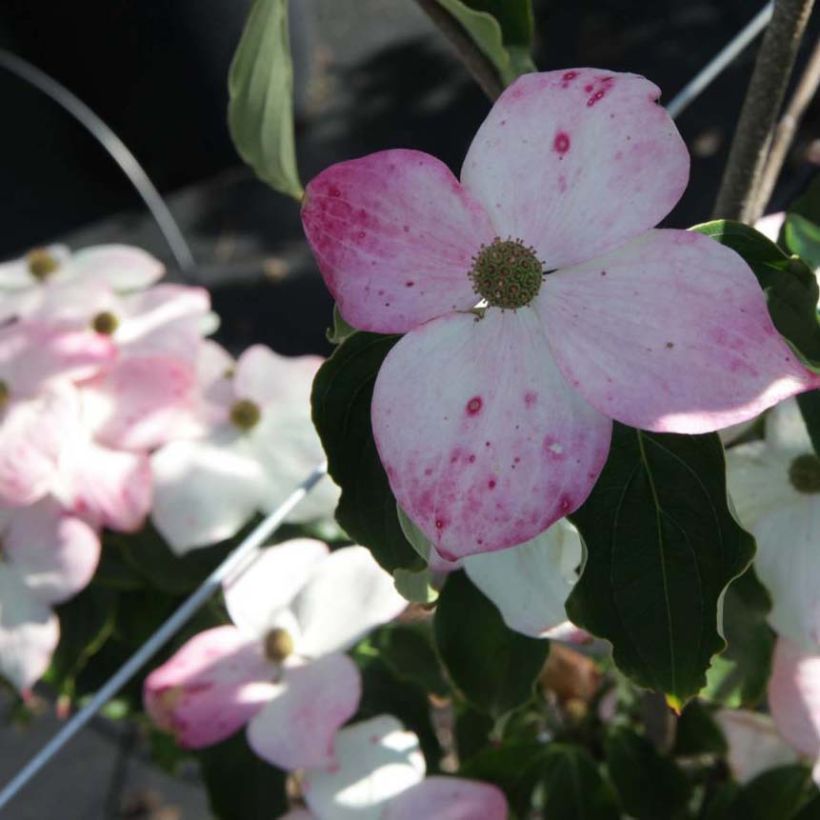

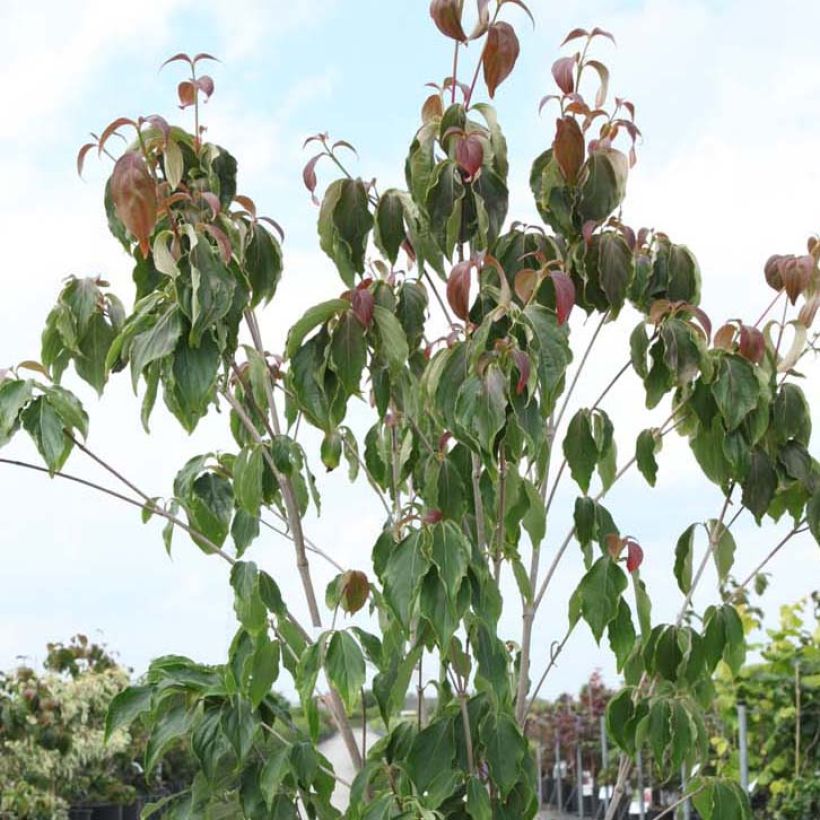

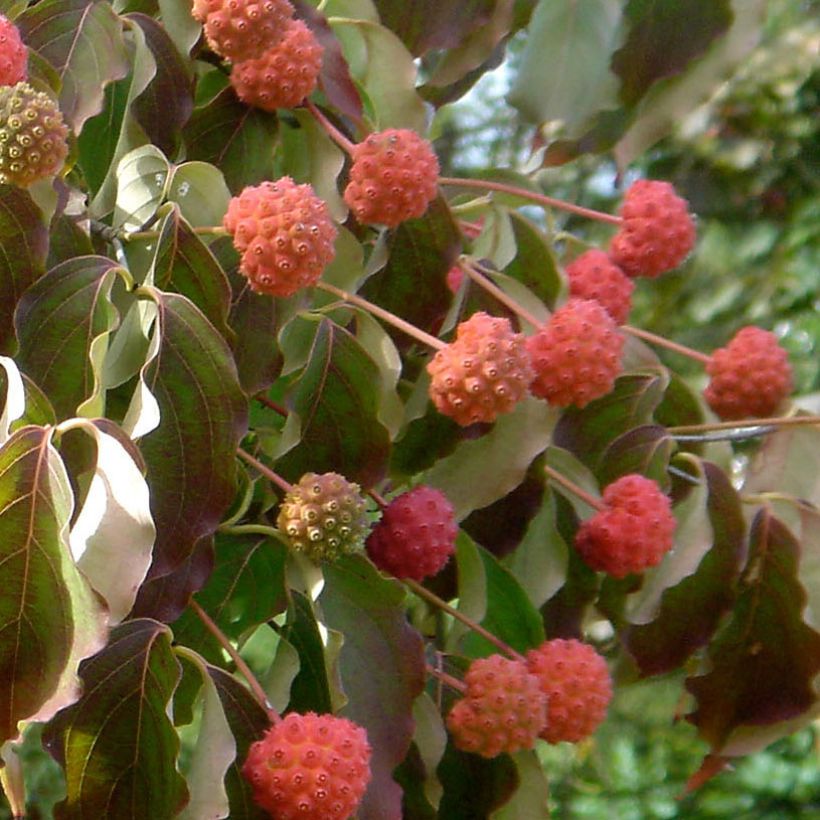

Plant habit
Flowering
Foliage
Botanical data
Cornus
kousa
Teutonia
Cornaceae
Kousa Dogwood, Japanese Dogwood, Chinese Dogwood
Cultivar or hybrid
Planting and care
Cornus kousa is a plant native to Japan, Korea, and China. It thrives in continental climates and temperate zones. If the winter is extremely cold, the plant may not flower or have reduced flowering. However, this bush is very hardy and can withstand frosts of at least -15°C. It can tolerate sunny exposures in areas with moderately warm summers. But, in hot regions, it should be planted in a sheltered spot away from the scorching sun.
If you want to grow Cornus kousa 'Teutonia', plant it in fertile, well-drained soil with a slightly acidic pH. While it can tolerate clay soils, you should protect it from too much moisture, especially during winter. Dig a deep hole and line it with clay balls, coarse sand, or gravel to ensure good drainage. When planting, add compost and ericaceous soil. To maintain soil freshness and acidity, mulch the plant with pine bark. Although this Cornus is rare in gardens, it's easy to grow once properly planted.
Pruning is not mandatory, but it is recommended at the end of winter to remove diseased or dead wood and crossed branches. This practice helps to maintain an attractive and healthy plant habit. Regular watering is essential during the first two years after planting, especially during summer.
This plant variety is resistant to diseases and requires minimal care. It can blend in the background while still drawing attention due to its unique features.
Planting period
Intended location
Care
Planting & care advice
-
, onOrder confirmed
Reply from on Promesse de fleurs
Similar products
Haven't found what you were looking for?
Hardiness is the lowest winter temperature a plant can endure without suffering serious damage or even dying. However, hardiness is affected by location (a sheltered area, such as a patio), protection (winter cover) and soil type (hardiness is improved by well-drained soil).

Photo Sharing Terms & Conditions
In order to encourage gardeners to interact and share their experiences, Promesse de fleurs offers various media enabling content to be uploaded onto its Site - in particular via the ‘Photo sharing’ module.
The User agrees to refrain from:
- Posting any content that is illegal, prejudicial, insulting, racist, inciteful to hatred, revisionist, contrary to public decency, that infringes on privacy or on the privacy rights of third parties, in particular the publicity rights of persons and goods, intellectual property rights, or the right to privacy.
- Submitting content on behalf of a third party;
- Impersonate the identity of a third party and/or publish any personal information about a third party;
In general, the User undertakes to refrain from any unethical behaviour.
All Content (in particular text, comments, files, images, photos, videos, creative works, etc.), which may be subject to property or intellectual property rights, image or other private rights, shall remain the property of the User, subject to the limited rights granted by the terms of the licence granted by Promesse de fleurs as stated below. Users are at liberty to publish or not to publish such Content on the Site, notably via the ‘Photo Sharing’ facility, and accept that this Content shall be made public and freely accessible, notably on the Internet.
Users further acknowledge, undertake to have ,and guarantee that they hold all necessary rights and permissions to publish such material on the Site, in particular with regard to the legislation in force pertaining to any privacy, property, intellectual property, image, or contractual rights, or rights of any other nature. By publishing such Content on the Site, Users acknowledge accepting full liability as publishers of the Content within the meaning of the law, and grant Promesse de fleurs, free of charge, an inclusive, worldwide licence for the said Content for the entire duration of its publication, including all reproduction, representation, up/downloading, displaying, performing, transmission, and storage rights.
Users also grant permission for their name to be linked to the Content and accept that this link may not always be made available.
By engaging in posting material, Users consent to their Content becoming automatically accessible on the Internet, in particular on other sites and/or blogs and/or web pages of the Promesse de fleurs site, including in particular social pages and the Promesse de fleurs catalogue.
Users may secure the removal of entrusted content free of charge by issuing a simple request via our contact form.
The flowering period indicated on our website applies to countries and regions located in USDA zone 8 (France, the United Kingdom, Ireland, the Netherlands, etc.)
It will vary according to where you live:
- In zones 9 to 10 (Italy, Spain, Greece, etc.), flowering will occur about 2 to 4 weeks earlier.
- In zones 6 to 7 (Germany, Poland, Slovenia, and lower mountainous regions), flowering will be delayed by 2 to 3 weeks.
- In zone 5 (Central Europe, Scandinavia), blooming will be delayed by 3 to 5 weeks.
In temperate climates, pruning of spring-flowering shrubs (forsythia, spireas, etc.) should be done just after flowering.
Pruning of summer-flowering shrubs (Indian Lilac, Perovskia, etc.) can be done in winter or spring.
In cold regions as well as with frost-sensitive plants, avoid pruning too early when severe frosts may still occur.
The planting period indicated on our website applies to countries and regions located in USDA zone 8 (France, United Kingdom, Ireland, Netherlands).
It will vary according to where you live:
- In Mediterranean zones (Marseille, Madrid, Milan, etc.), autumn and winter are the best planting periods.
- In continental zones (Strasbourg, Munich, Vienna, etc.), delay planting by 2 to 3 weeks in spring and bring it forward by 2 to 4 weeks in autumn.
- In mountainous regions (the Alps, Pyrenees, Carpathians, etc.), it is best to plant in late spring (May-June) or late summer (August-September).
The harvesting period indicated on our website applies to countries and regions in USDA zone 8 (France, England, Ireland, the Netherlands).
In colder areas (Scandinavia, Poland, Austria...) fruit and vegetable harvests are likely to be delayed by 3-4 weeks.
In warmer areas (Italy, Spain, Greece, etc.), harvesting will probably take place earlier, depending on weather conditions.
The sowing periods indicated on our website apply to countries and regions within USDA Zone 8 (France, UK, Ireland, Netherlands).
In colder areas (Scandinavia, Poland, Austria...), delay any outdoor sowing by 3-4 weeks, or sow under glass.
In warmer climes (Italy, Spain, Greece, etc.), bring outdoor sowing forward by a few weeks.






























